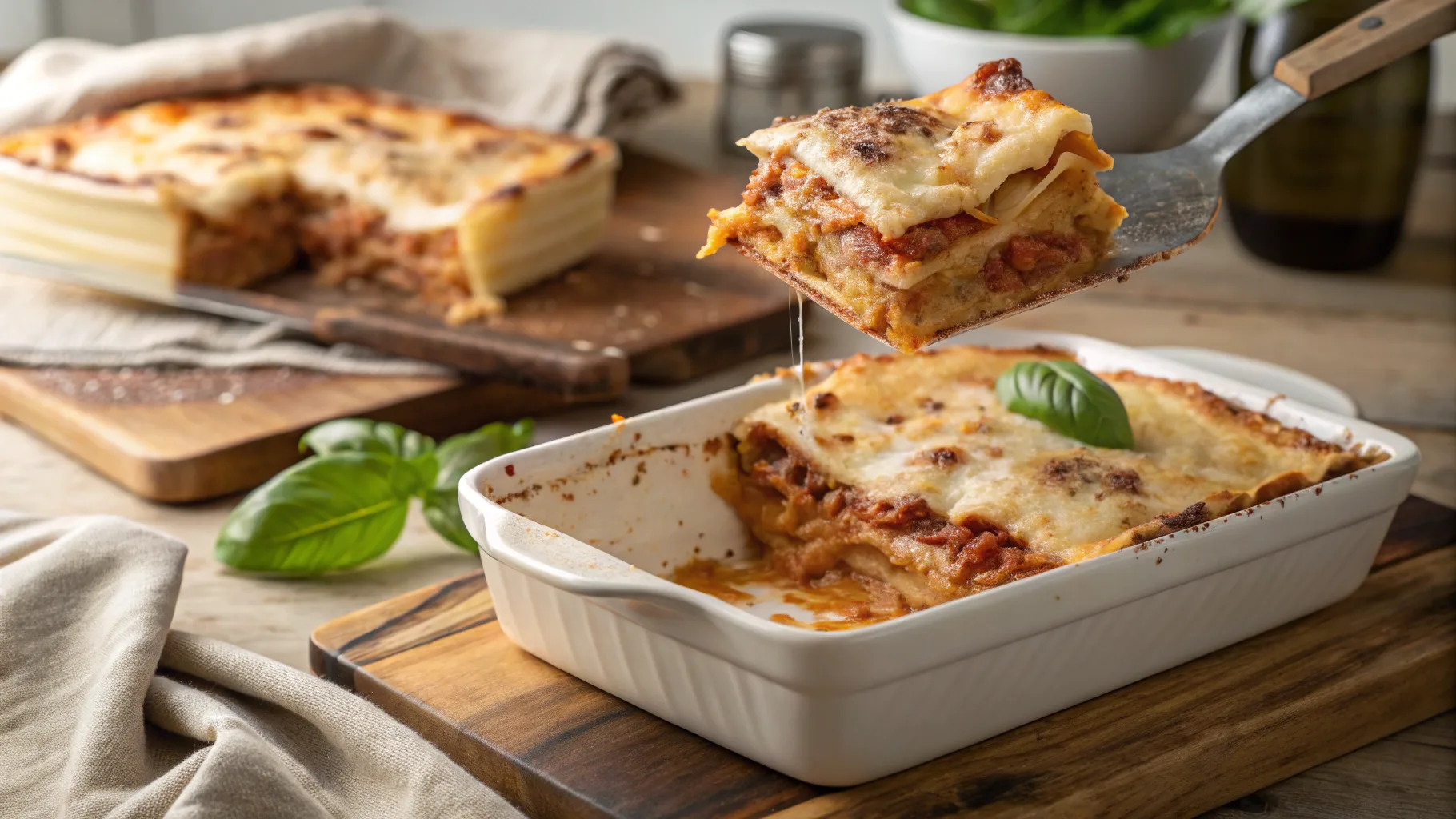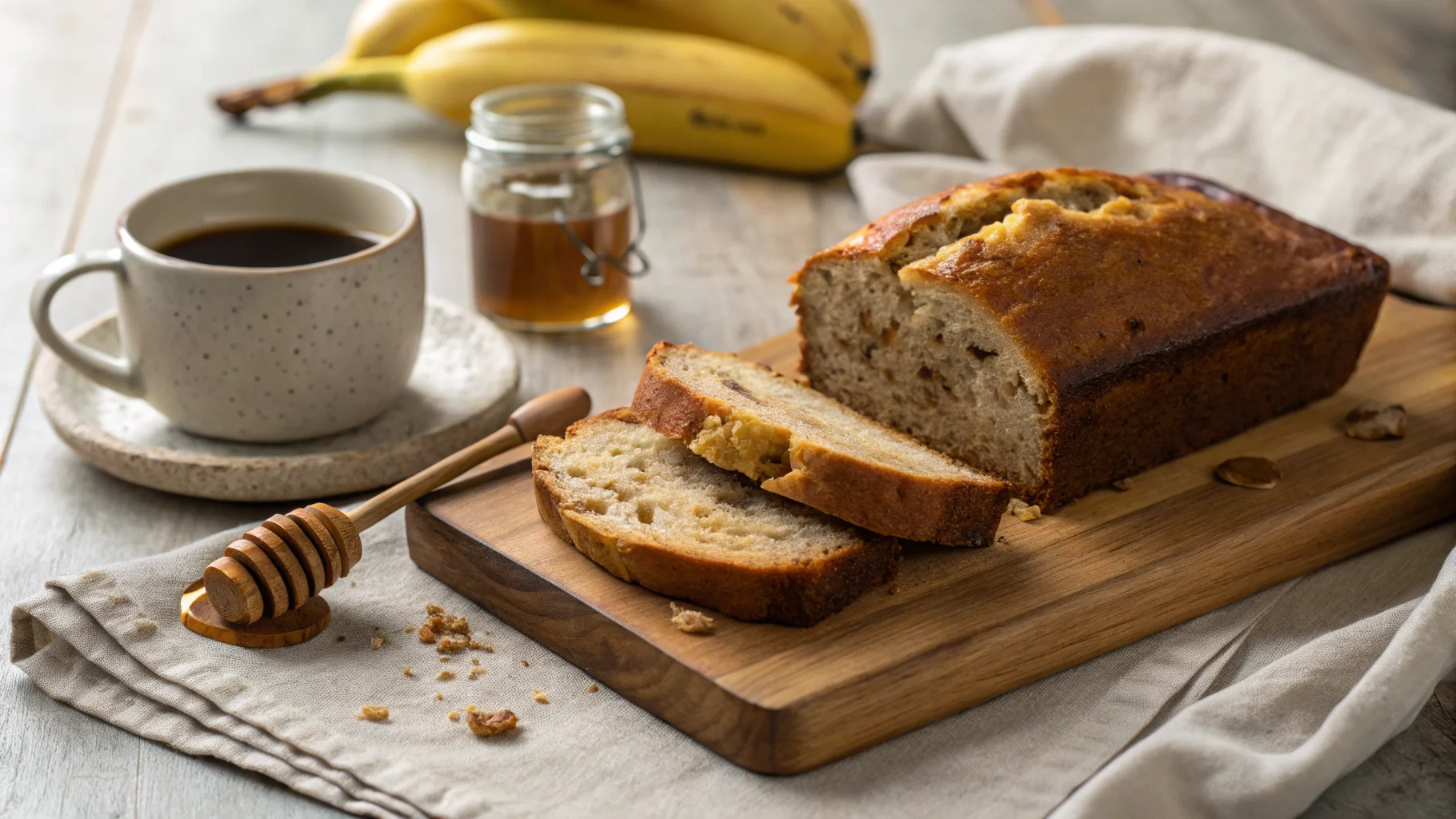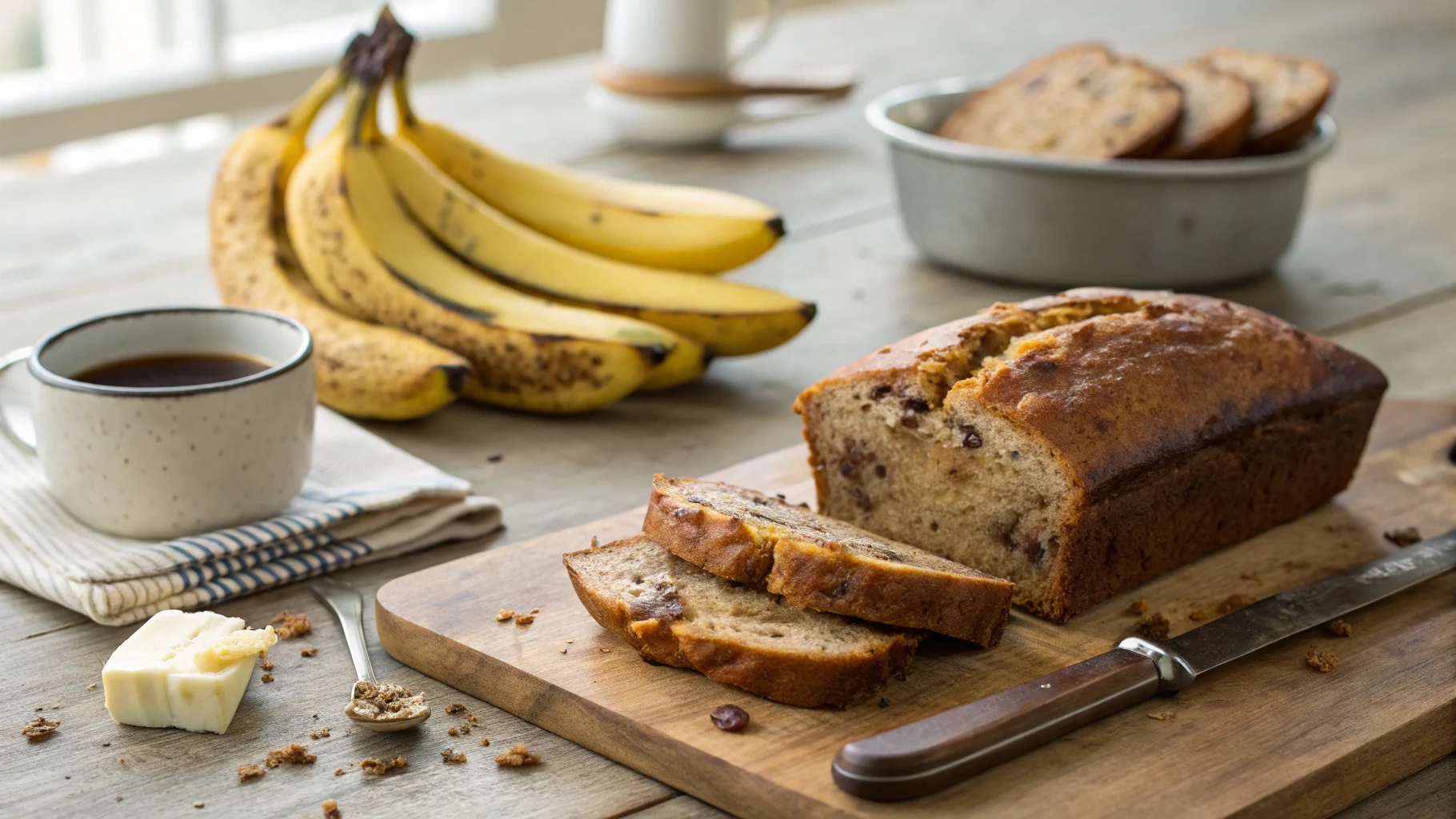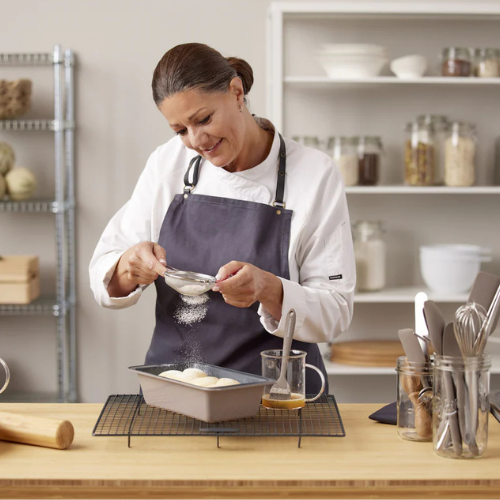Lasagna is one of the most beloved Italian dishes, known for its layers of pasta, rich sauce, and melted cheese. This hearty meal has been enjoyed for centuries, with each region adding its own twist. Whether you prefer a traditional Pasta dishes alla Bolognese or a more modern take, this dish never fails to satisfy.
A Brief History of Lasagna
Lasagna has a deep history, dating back centuries. While it is often associated with Italy, early versions of layered pasta dishes existed in various cultures. Over time, Pasta dishes evolved into the baked, cheesy masterpiece we know today.
Origins in Italy
The roots ofPasta dishes can be traced back to the Middle Ages, although its exact origin is debated. Some historians believe it originated from the Ancient Greeks and Romans, who made layered dishes using pasta-like dough. However, the first documented mention of Pasta dishes appeared in 14th-century Italian cookbooks.
One of the earliest known recipes comes from “Liber de Coquina,” a medieval Italian cookbook. This version lacked tomatoes, as they had not yet been introduced to Europe. Instead, it featured layers of fermented dough, cheese, and spices. As Italian cuisine developed, so did Pasta dishes, incorporating regional ingredients and techniques.
By the 16th century, tomatoes had arrived in Italy, transforming Comfort food recipes. The dish became particularly popular in Emilia-Romagna, where chefs perfected Pasta dishes alla Bolognese. This version introduced a ragù sauce, made from slow-cooked meat, tomatoes, and wine, layered between sheets of fresh pasta and creamy béchamel sauce.
Over the centuries, different Italian regions put their own spin on lasagna. In Naples, Italian cuisine became a staple, featuring ricotta cheese, sausage, and hard-boiled eggs. Meanwhile, in Liguria, chefs replaced meat sauce with pesto, creating Pasta dishes. These regional variations showcase Italy’s diverse culinary traditions.
Lasagna’s Journey to America
Lasagna’s popularity spread beyond Italy thanks to Italian immigrants, who brought their culinary traditions to the United States in the late 19th and early 20th centuries. Initially, lasagna remained a dish primarily enjoyed within immigrant communities. However, as Italian restaurants flourished, so did America’s love for Italian cuisine.
In the post-World War II era, Italian-American cuisine gained mainstream popularity. Ingredients like mozzarella, ricotta, and canned tomatoes became widely available, making lasagna easier to prepare at home. Over time, American adaptations emerged, incorporating more cheese, ground beef, and tomato sauce.
By the 1970s and 1980s, lasagna had cemented its place in American households. Popularized by frozen food brands and restaurant chains, it became a go-to comfort food. Unlike traditionalItalian cuisine, American versions often used ricotta cheese instead of béchamel sauce, and some recipes included shortcuts like oven-ready pasta.
Today, lasagna continues to be a favorite across the United States. Variations such as vegetarian lasagna, seafood lasagna, and gluten-free options cater to diverse dietary preferences. While some purists stick to authentic Italian recipes, others embrace modern twists, proving that lasagna is a dish that adapts with the times.
Traditional Lasagna Ingredients and Preparation
Lasagna is a dish that brings together layers of pasta, rich sauces, and cheese, creating a hearty and flavorful meal. While variations exist, traditional lasagna follows a standard structure that includes pasta sheets, meat sauce, béchamel, and cheeses.
Essential Components
A well-made lasagna relies on a balance of key ingredients. Each element plays a crucial role in achieving the right texture and flavor.
Pasta Sheets
- Traditional lasagna uses fresh or dried pasta sheets.
- Egg-based pasta is common in Italian cuisine, giving it a delicate texture.
- Many home cooks use oven-ready lasagna noodles, which do not require pre-boiling.
Meat Sauce (Ragù)
- The classic ragù is made from ground beef, pork, or veal, slowly cooked with tomatoes, onions, carrots, celery, and wine.
- Authentic Italian cuisine features a rich, slow-simmered meat sauce that enhances flavor.
- Some recipes include Italian sausage or a combination of meats for a deeper taste.
Béchamel Sauce
- Unlike American versions, traditional lasagna often contains béchamel sauce instead of ricotta.
- This creamy sauce is made by whisking butter, flour, and milk until smooth.
- It provides a velvety texture that balances the acidity of the tomato-based ragù.
Cheeses
- Classic lasagna recipes use a blend of mozzarella, Parmesan, and ricotta or béchamel.
- Mozzarella adds creaminess and a stretchy texture.
- Parmesan provides a sharp, nutty flavor.
- Ricotta is commonly used in American versions, while béchamel is preferred in Italian recipes.
Step-by-Step Preparation
Making lasagna from scratch involves several steps, but each one contributes to the dish’s rich and layered flavors.
Prepare the Meat Sauce
- Heat oil in a pan and sauté onions, carrots, and celery.
- Add ground beef, pork, or veal, and cook until browned.
- Pour in tomato sauce, crushed tomatoes, and a splash of red wine.
- Simmer for at least 45 minutes to develop deep flavors.
Cook the Pasta Sheets
- If using fresh pasta, boil for 1-2 minutes until slightly tender.
- If using dried pasta, cook until al dente, then drain and rinse with cold water.
- For oven-ready noodles, skip this step and proceed to layering.
Make the Béchamel Sauce
- Melt butter in a saucepan.
- Stir in flour, whisking until golden.
- Gradually pour in warm milk, stirring continuously.
- Cook until thickened, then season with salt, pepper, and nutmeg.
Assemble the Lasagna
- Spread a thin layer of ragù at the bottom of a baking dish.
- Add a layer of pasta sheets, followed by meat sauce and béchamel or ricotta.
- Sprinkle mozzarella and Parmesan cheese.
- Repeat the layers, finishing with sauce and cheese on top.
Step 5: Bake and Serve
- Cover with foil and bake at 375°F (190°C) for 30 minutes.
- Remove the foil and bake for another 15 minutes until golden.
- Let it rest for 10-15 minutes before slicing, allowing the layers to set.
Variations of Lasagna
Lasagna is a versatile dish with countless variations. While Lasagna alla Bolognese remains the most traditional, different regions and modern adaptations have introduced exciting twists.
Regional Italian Variations
Each region in Italy has its own take on lasagna, using local ingredients and flavors.
Italian cuisine alla Bolognese
- The most iconic version, originating from Emilia-Romagna.
- Features a slow-cooked ragù, béchamel sauce, and fresh pasta sheets.
- Unlike American versions, it does not include ricotta cheese.
Italian cuisine Napoletana
- A Southern Italian variation from Naples.
- Contains ricotta cheese, meatballs, sausage, and hard-boiled eggs.
- Typically made for festive occasions and celebrations.
Lasagna al Pesto
- A Ligurian specialty replacing meat sauce with pesto.
- Uses fresh basil, pine nuts, Parmesan, and olive oil for a vibrant flavor.
- Often paired with béchamel sauce for added creaminess.
Modern Twists
In addition to classic Italian versions, modern adaptations cater to different diets and preferences.
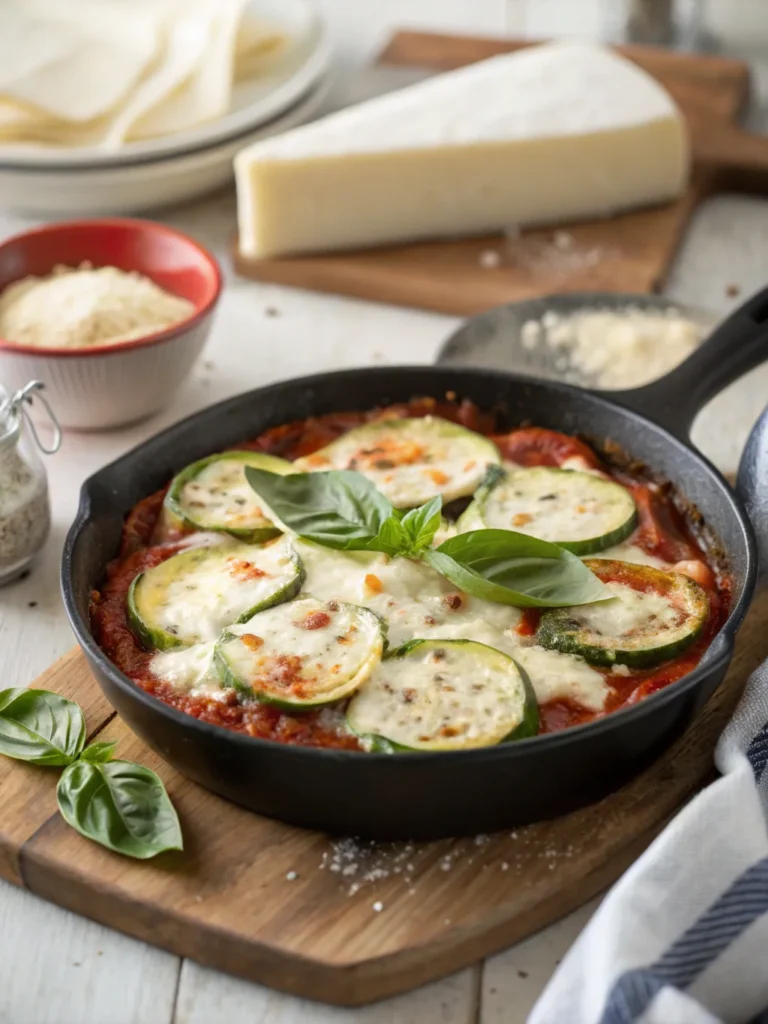
Vegetarian Lasagna
- Substitutes meat sauce with grilled vegetables like zucchini, eggplant, and spinach.
- Uses ricotta or béchamel for a creamy texture.
- A great option for those looking for a lighter alternative.
Seafood Lasagna
- A coastal-inspired version featuring shrimp, crab, and scallops.
- Uses a white sauce instead of a tomato-based ragù.
- Pairs well with lemon zest and fresh herbs for a refreshing taste.
Gluten-Free Lasagna
- Made with gluten-free pasta sheets or zucchini slices.
- Retains the rich layers of traditional lasagna without wheat-based pasta.
- Perfect for those with gluten sensitivities or dietary restrictions.
Tips and Tricks for the Perfect Lasagna
Making lasagna from scratch is rewarding, but achieving the perfect balance of flavors and textures requires careful attention to detail. From the right layering techniques to avoiding common mistakes, these tips will help you create a lasagna that is rich, well-structured, and bursting with flavor.
Layering Techniques
A properly layered lasagna ensures even cooking, a balanced texture, and a visually appealing dish. While the order of ingredients may vary slightly, following a structured approach guarantees the best results.
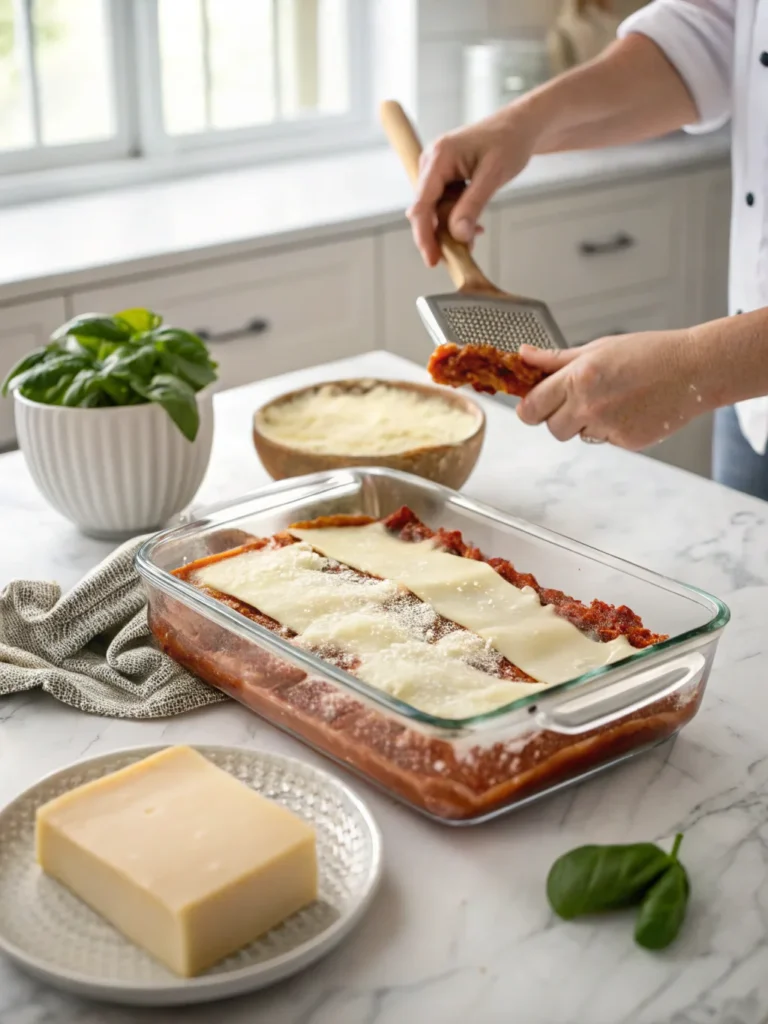
The Best Order for Layering Lasagna
- Start with sauce: Spread a thin layer of meat sauce or béchamel at the bottom of the dish to prevent the pasta sheets from sticking.
- Add pasta sheets: Arrange noodles evenly, slightly overlapping to create a solid base.
- Layer the fillings: Spread a generous amount of ricotta or béchamel, followed by meat sauce and a sprinkle of mozzarella and Parmesan.
- Repeat the layers: Continue layering in the same order until the dish is full, ensuring each layer is evenly distributed.
- Finish with cheese: The top layer should be covered with sauce and extra cheese to create a golden, bubbly crust when baked.
Pro Tips for Layering
- Use thin layers: Overloading each layer can cause the lasagna to become soggy or collapse.
- Press lightly between layers: Gently pressing helps compact the layers, making it easier to cut and serve.
- Balance the moisture: If the meat sauce is too watery, simmer it longer before assembling to prevent excess liquid in the final dish.
- Use fresh pasta for a delicate texture: Fresh pasta sheets absorb flavors better and cook evenly, enhancing the overall taste.
Common Mistakes to Avoid
Even experienced cooks can run into issues when making lasagna. Understanding common mistakes will help you perfect your technique and create a flawless dish every time.
Using Too Much Sauce
- While sauce is essential, adding too much can make lasagna overly wet and difficult to slice.
- Instead, aim for a balanced ratio of pasta, sauce, and cheese to keep the dish structured.
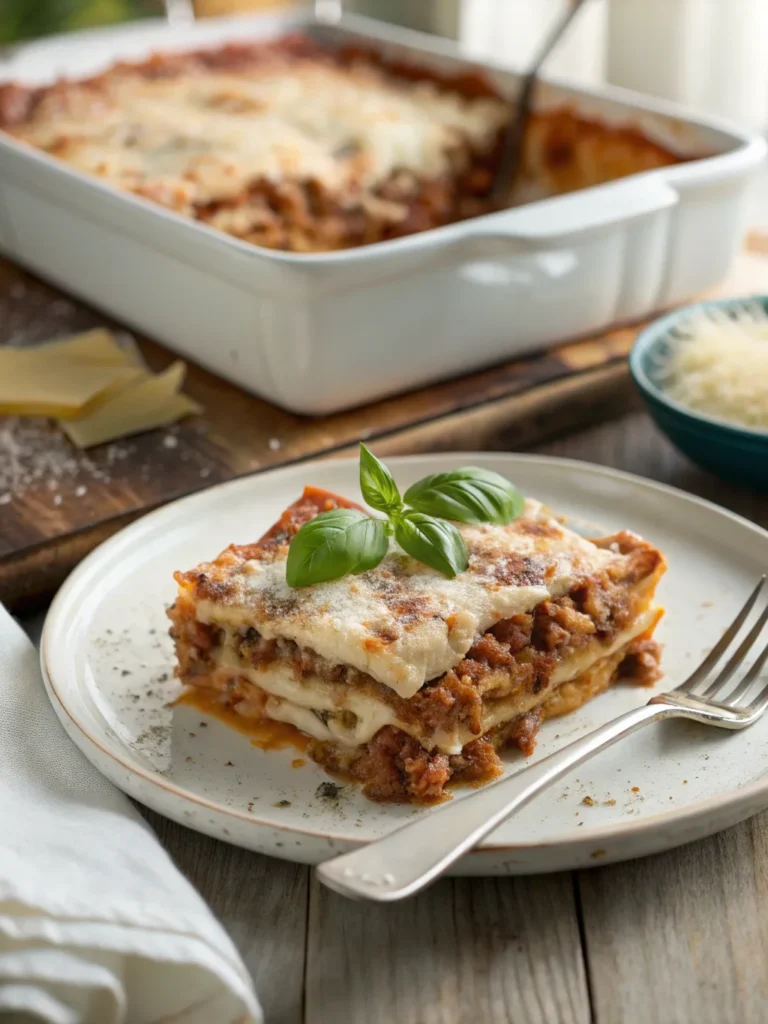
Skipping the Resting Time
- One of the biggest mistakes is cutting into lasagna immediately after baking.
- Allow it to rest for 10-15 minutes before serving, which helps the layers set and prevents a runny mess.
Overcooking the Pasta Sheets
- If pre-cooking lasagna noodles, remove them from boiling water when they are slightly undercooked.
- They will continue to cook in the oven, preventing them from becoming mushy.
Not Covering the Lasagna While Baking
- Leaving lasagna uncovered for the entire baking time can cause it to dry out.
- Cover with aluminum foil for the first 30 minutes, then uncover it for the last 15 minutes to develop a crispy top layer.
Uneven Layering
- Inconsistent layers can lead to an unbalanced bite, with some sections having too much filling and others too little.
- Spread each ingredient evenly and use a spatula to smooth out layers for uniformity.
Using Low-Quality Cheese
- Cheese plays a major role in flavor and texture, so using pre-shredded cheese with anti-caking agents can result in a less creamy consistency.
- Opt for freshly grated mozzarella and Parmesan for the best melting and flavor.
By following these tips and avoiding common pitfalls, you can master the art of making lasagna with perfectly structured layers and deep, delicious flavors. Whether preparing a classic Lasagna alla Bolognese or experimenting with new variations, these techniques will help you achieve the best results every time.
Frequently Asked Questions About Lasagna
Lasagna is a comforting and flavorful dish, but many home cooks have questions about how to make it even better. From proper layering techniques to secret ingredients, here are answers to the most common Pasta dishes-related questions.
What Is the Correct Order to Layer Lasagna?
Layering Pasta dishes correctly ensures that the dish holds its shape and cooks evenly. The best order for layering is as follows:
- Start with a thin layer of sauce – This prevents the pasta sheets from sticking to the bottom of the pan.
- Add the pasta sheets – Lay them down in an even, slightly overlapping pattern.
- Spread the meat sauce – Ensure it covers the pasta without being too thick.
- Add the cheese mixture – Whether using ricotta or béchamel, spread a smooth, even layer.
- Repeat the layers – Continue layering pasta, sauce, and cheese until you reach the top.
- Finish with sauce and cheese – A final layer of meat sauce and mozzarella ensures a golden, bubbly topping.
By following this order, you create a well-structured lasagna that slices cleanly and holds its layers.
What Is the Secret Ingredient in Lasagna?
While lasagna is already packed with rich flavors, some chefs use a secret ingredient to enhance its taste.
- A pinch of nutmeg in the béchamel sauce adds a subtle warmth that complements the creaminess.
- A splash of red wine in the meat sauce deepens the flavor, making the dish more robust.
- A parmesan rind simmered in the ragù infuses the sauce with an umami-rich taste.
- A touch of honey or sugar balances the acidity of tomatoes, creating a smoother sauce.
Each of these ingredients can subtly elevate Comfort food, making it taste more authentic and complex.
Is Cottage Cheese or Ricotta Better for Lasagna?
The choice between cottage cheese and ricotta comes down to personal preference and texture.
- Ricotta is the traditional choice, offering a rich, creamy consistency. It blends well with Parmesan and egg, creating a smooth, flavorful filling.
- Cottage cheese has a lighter texture and a slightly tangy taste. It contains more moisture, so draining it before use helps prevent a watery lasagna.
- Some cooks mix both cheeses for a balanced flavor and texture.
- If you prefer a more authentic Pasta dishes alla Bolognese, using béchamel sauce instead of either cheese is the best option.
Ultimately, the choice depends on whether you want a dense, creamy filling (ricotta) or a lighter, tangier bite (cottage cheese).
What Can I Add to Lasagna to Make It Taste Better?
If you want to enhance the flavor of your Pasta dishes, consider adding these elements:
- Fresh herbs like basil, oregano, and thyme bring a burst of aroma and depth.
- High-quality cheeses, including freshly grated Parmesan and buffalo mozzarella, improve the overall richness.
- Slow-simmered meat sauce develops deeper flavors—cooking it for at least an hour makes a noticeable difference.
- Homemade pasta sheets absorb sauces better, resulting in a more cohesive dish.
- Roasted garlic or caramelized onions add a sweet, savory complexity.
- Letting theComfort food rest for 10-15 minutes before slicing ensures better texture and richer taste.
By incorporating these simple additions, you can take your Pasta dishes from good to restaurant-quality.

